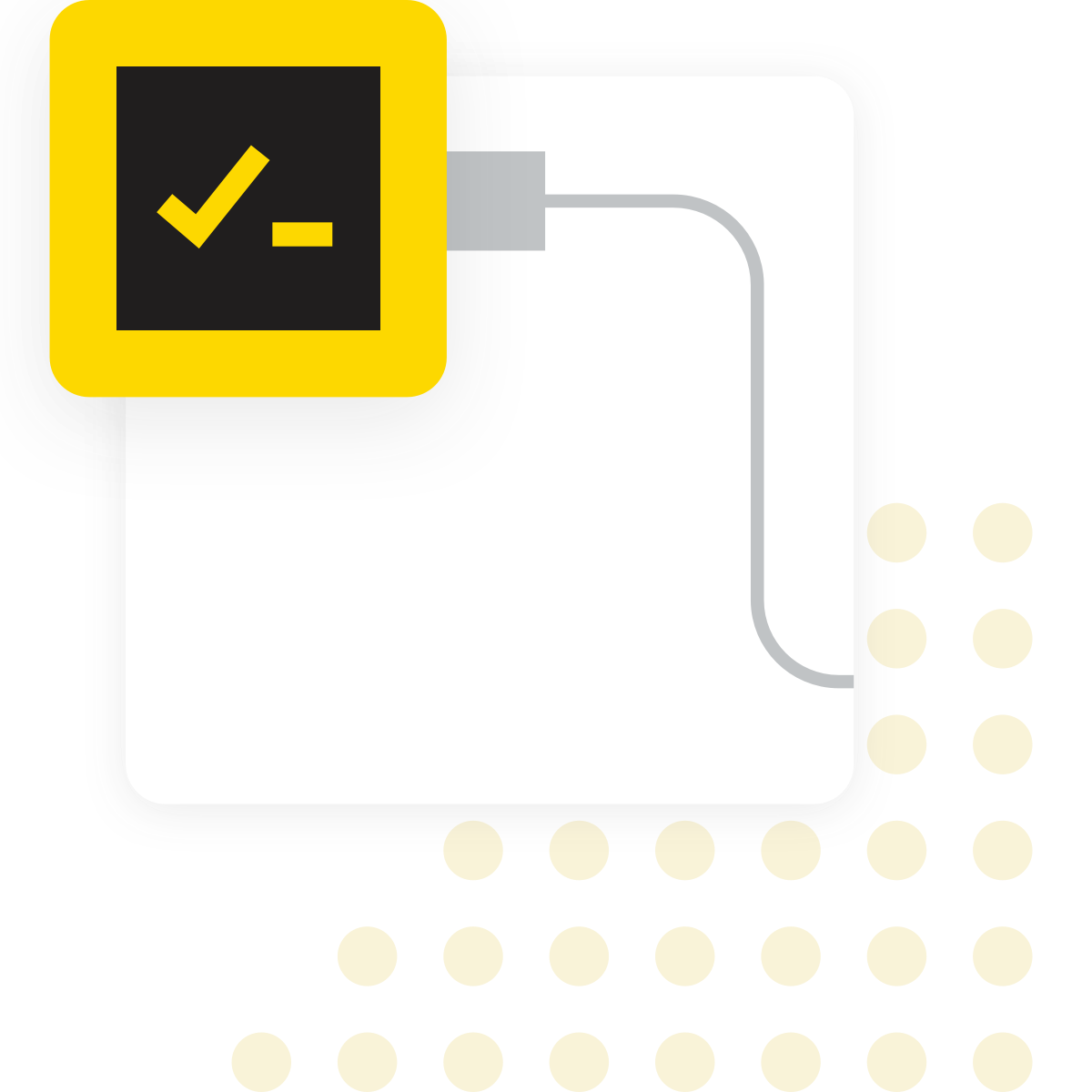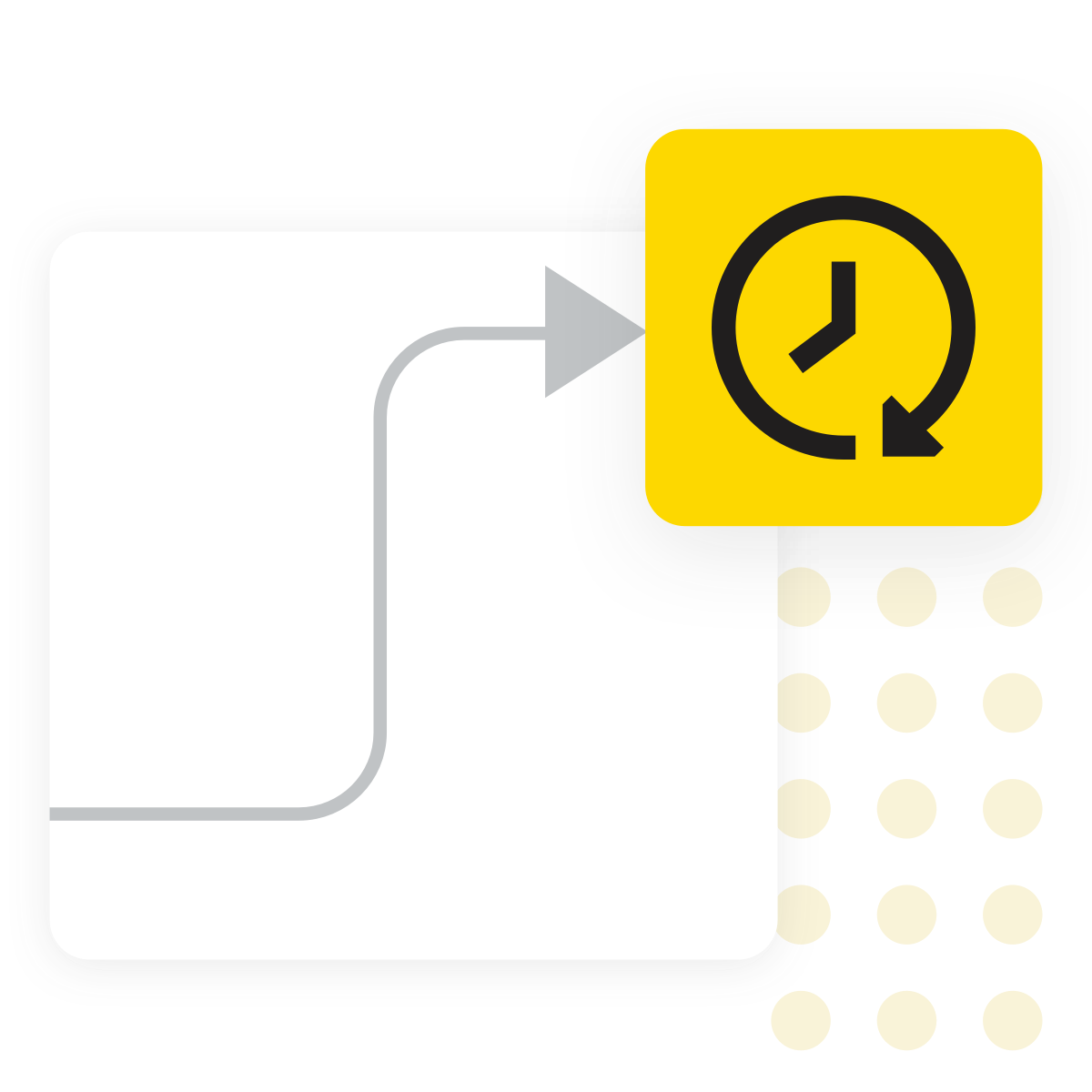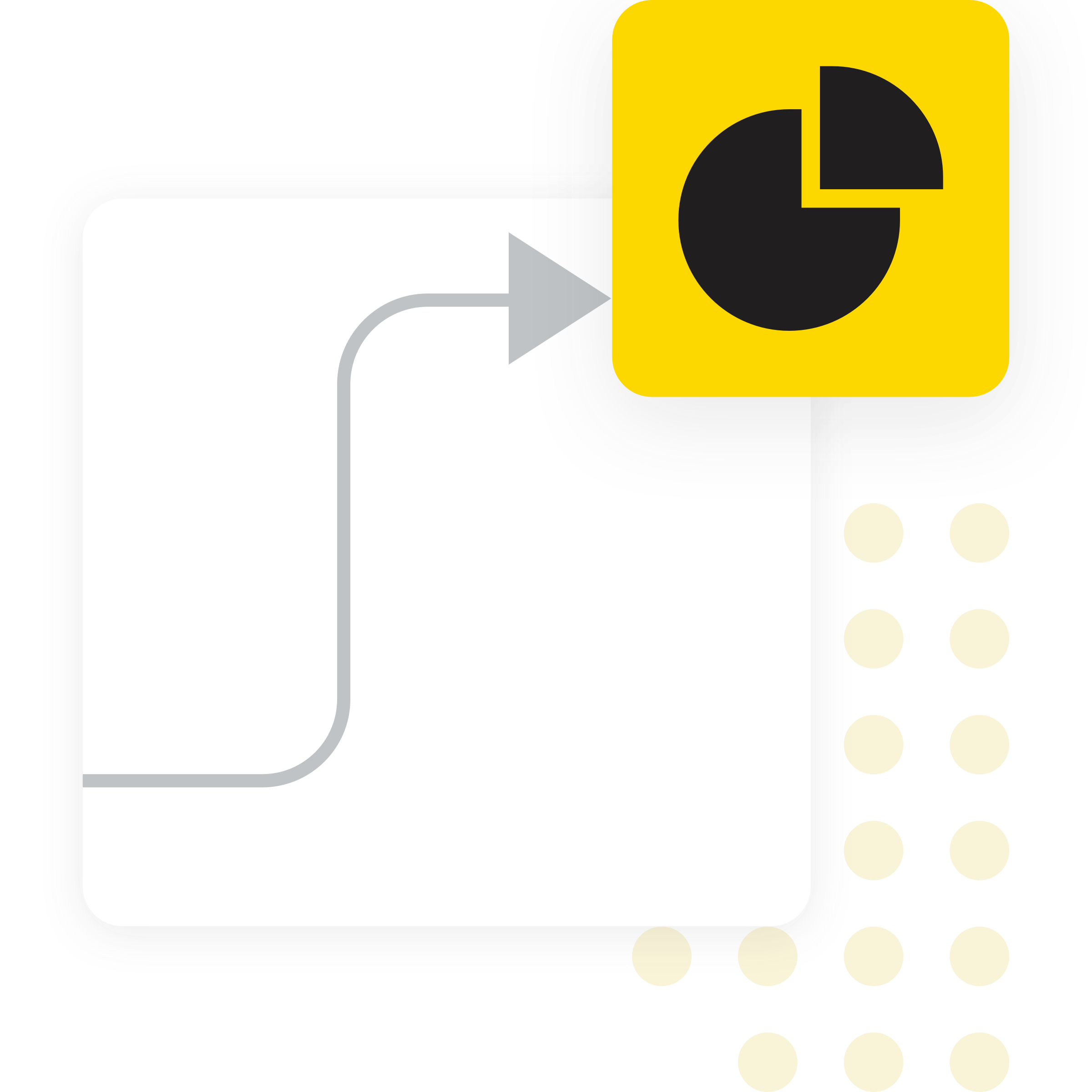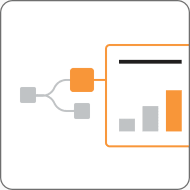Investment Return Rate Indices with KNIME
Investment return rate analysis with KNIME enables you to compare the performance of multiple portfolios—such as monthly investment schemes or standalone projects—by reading, transforming, and enriching cash-flow data, calculating key metrics like IRR, and visualizing which investments offer the best return, all within a transparent and reusable workflow.
KNIME Workflow Example for Investment Return Rate Indices
This Investment Return Rate Indices workflow computes and compares the financial performance of multiple portfolios by calculating the standardized return metric IRR. It includes:
- Importing investment cash flows, project costs, and discount rate data from Excel, CSV, databases, or ERP systems, then standardizing formats by aligning columns, parsing dates, and ensuring consistency in currency and amount fields
- Cleaning and enriching portfolio data by merging cost and investment sheets, filling in missing values, correcting date inconsistencies, and attaching discount-rate or reinvestment assumptions for more accurate analysis
- Calculating return rate metrics using built-in KNIME components like IRR, and organizing the results under a unified return rate index for cross-portfolio comparability
- Visualizing results using bar charts or dashboards to clearly rank portfolios by return performance, highlight the most promising investments, and support informed decision-making
Why use KNIME for Investment Return Rate Indices

What are Investment Return Rate Indices?
Investment return rate indices are metrics used to evaluate how well a portfolio or project performs relative to its cost, time horizon, and associated risk. These include measures like internal rate of return (IRR), modified IRR, discount-rate adjusted returns, and net present value (NPV) expressed as a comparable index. This process helps rank and compare portfolios with regular or irregular cash flows based on their financial performance.

Why does it matter?
To make informed investment decisions, you must compare portfolios using consistent and reliable metrics. Differences in cash flow timing, discount rates, or missing cost data can lead to misleading comparisons. A standardized return rate index helps ensure that you’re evaluating projects on equal footing—supporting confident, data-driven choices about where to invest.

Typical Challenges
- Handling investment data from varied sources, like Excel sheets and different portfolio types
- Managing irregular cash flows and variable discount or reinvestment rates
- Dealing with inconsistent formats, naming conventions, or currencies across portfolios
- Relying on spreadsheets for metric calculations, which can be error-prone
- Manually visualizing and ranking results, limiting reproducibility and auditability

Benefits of using KNIME
- Connect investment and cash-flow data from Excel files, CSVs, databases, or ERP systems
- Build visual, low-code workflows to clean, format, and calculate return rate metrics without complex formulas
- Enrich analysis by incorporating discount rates, cost metadata, and project attributes into your calculations
- Automate and reuse workflows to handle new data with minimal manual intervention, improving consistency and traceability
- Generate clear visuals—such as bar charts or ranking Data Apps—to support investment decisions and stakeholder communication
- Maintain versioned, auditable solutions within the KNIME ecosystem to ensure consistency and repeatability
How to use KNIME for Investment Return Rate Indices

Data Access and Preparation
Import cash-flow data, project costs, and discount rates from Excel, CSV, databases, or ERP systems. Standardize structures across portfolios by aligning column names, parsing dates, and ensuring currency and amount formats are consistent.

Clean and Enrich Portfolio Data
Reformat individual sheets by filling gaps, correcting date formats, and merging cost and investment records. Add discount-rate or reinvestment assumptions as metadata to enable accurate metric calculations.

Compute Return Metrics
Use built-in KNIME components to calculate return rate indices—such as IRR for periodic investments.

Visualize, Compare, and Rank Portfolios
Create bar charts or ranking dashboards to show return rates side by side, highlight top performers, and support investment decisions with clear visuals.
How to Get Started
Additional Resources
Collection page: KNIME For Finance
A set of ready-to-use solutions designed to speed up analytics transformations in finance departments.
YouTube Playlist: KNIME for Finance
A playlist of videos on using KNIME to solve common tasks in finance departments.
FAQ
Yes — the workflow example covers both regular monthly investments and irregular investment project cash‑flows. The key is to ensure your data is formatted appropriately (dates, cash‑flow values, cost/investment entries).
You can enrich your data in KNIME by adding a discount‑rate column per project (via join or lookup). The IRR component supports variable discount rates when structured correctly.
Yes — after computation and visualization, you can export the result table (e.g., Excel Writer node) and/or visual views to Data Apps. You can also share these Data Apps using one of KNIME’s paid plans.
Very easy- because the workflow is built in KNIME’s visual pipeline style, you can add new data sources, automate data ingestion, loop through portfolios, and schedule reruns when new cash flows arrive. This avoids manual rebuilding each time.